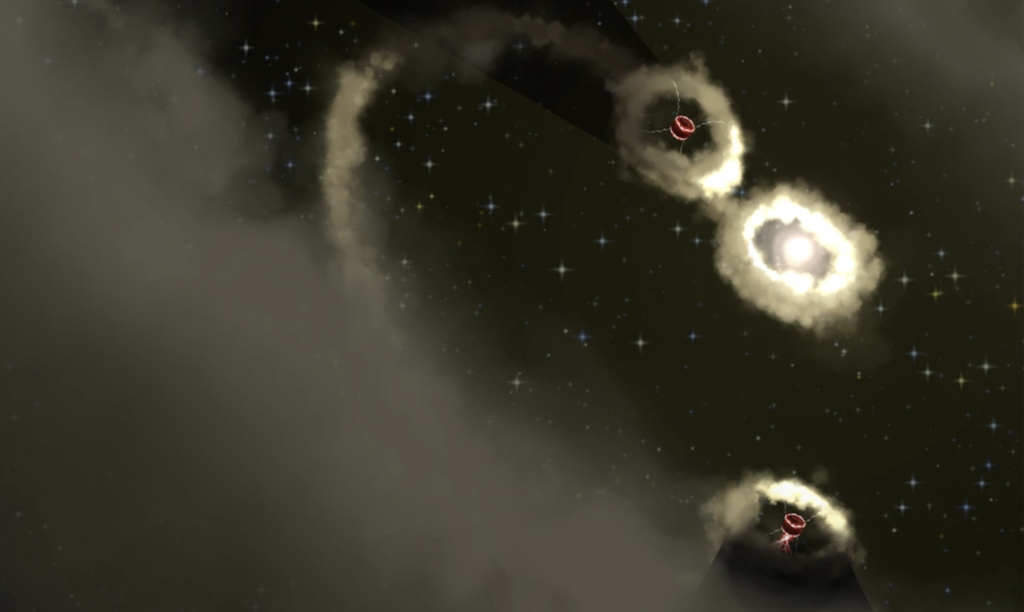
MagAO-X has shown over the last three years how powerful multi-epoch data can be on one of the most prominent protoplanet system PDS 70. Steward observatory recently highlighted Professor Close’s paper in an article by Penny Duran, quoted below:
MagAO-X’s sharp images revealed the first observation of young planets dramatically changing in brightness. The researchers saw one of the planets (PDS 70 b) fade to one-fifth its original brightness over just three years while the other (PDS 70 c) doubled in brightness, Close said, explaining that the rapid change in brightness at H-alpha could be due to changes in the amount of hydrogen gas that is flowing onto the planets.
Planet variability wasn’t the only thing disentangled from the dataset:
“We can see, for the first time, rings of dust surrounding protoplanets made visible by the bright starlight reflecting off of them,” added Jialin Li, a doctoral student in astronomy and co-author of the paper.

Read the Paper in the Astronomical Journal: “Three Years of High-contrast Imaging of the PDS 70 b and c Exoplanets at Hα with MagAO-X: Evidence of Strong Protoplanet Hα Variability and Circumplanetary Dust” by Laird Close et al.
Read the full article: “Sharper image: U of A-built instrument reveals pictures of ‘baby planets‘” by Penny Duran